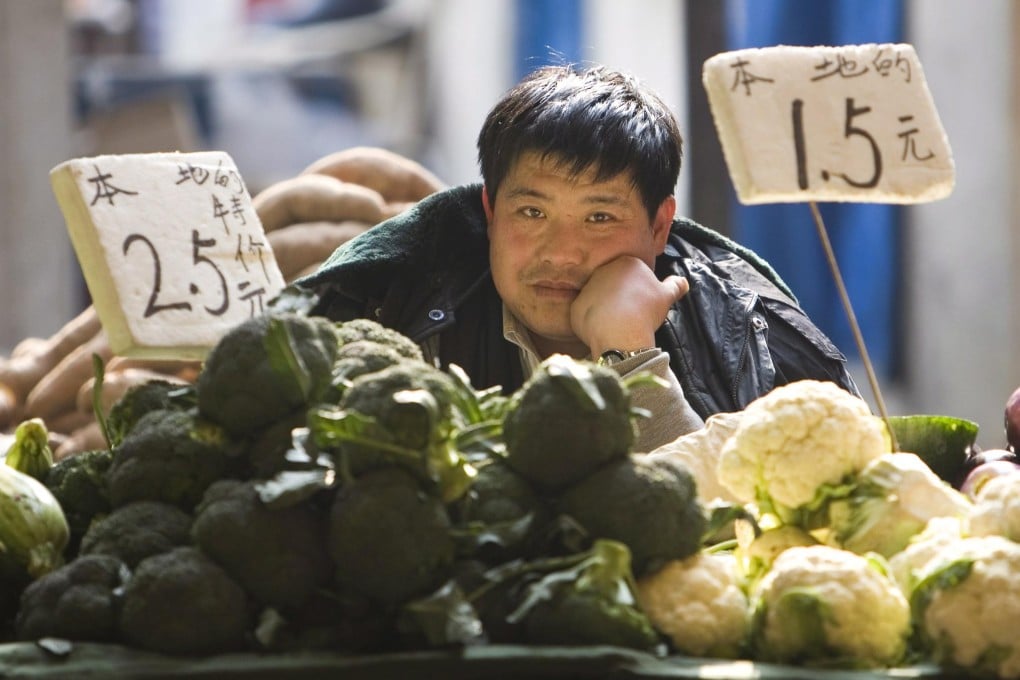'Pickle index’ measures changing tide of Chinese migrant workers

Sceptical of often unreliable provincial statistical data, China’s chief economic engineers have turned to a large, radish-like mustard tuber to measure the country’s urbanisation rate.
The NDRC is expected to soon unveil reforms that would allow migrant workers to enjoy some social services in cities where they do not hold a local hukou, or household registration, in an effort to boost consumption. The reforms are, however, expected to put considerable financial burden on cities with a heavy presence of migrant workers.

The number of rural Chinese who left their villages to see work outside their home provinces increased only 3.9 per cent last year, compared with 2011.The growth rate stood at 4.4 per cent in 2011 and at 5.4 per cent in 2010.
